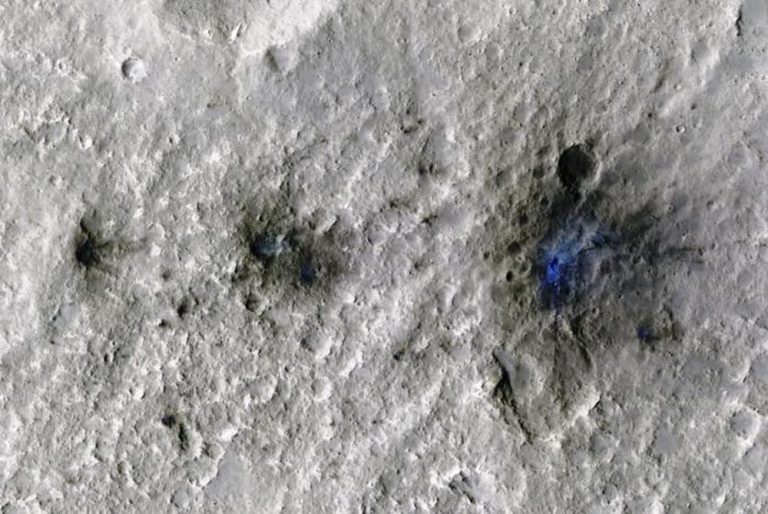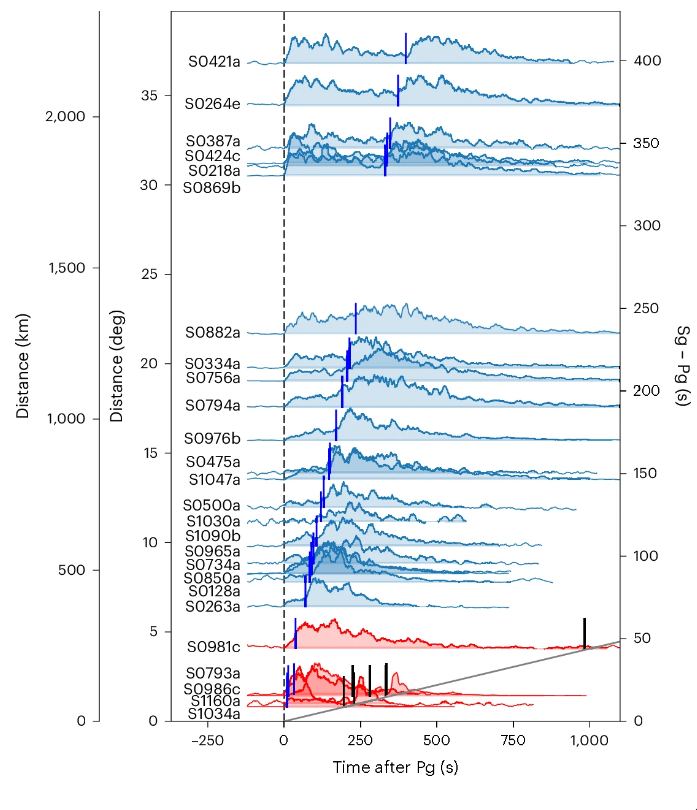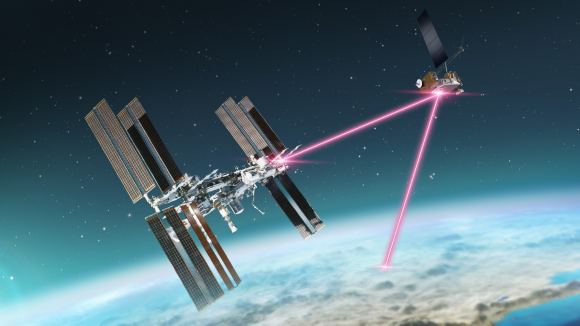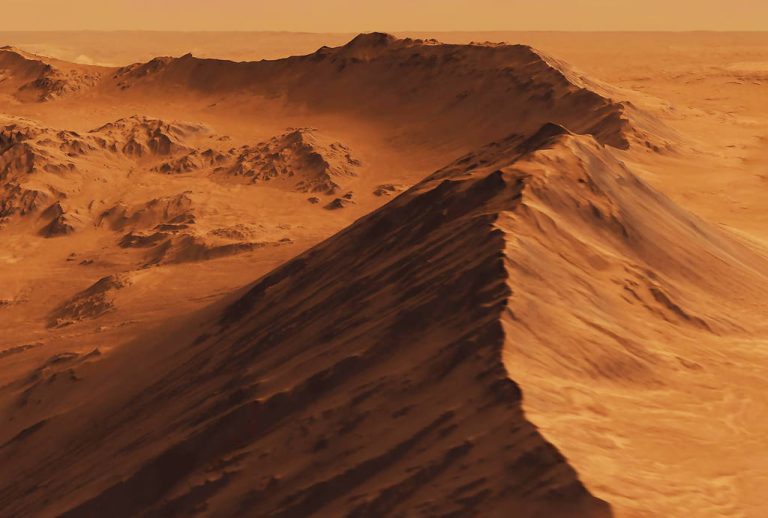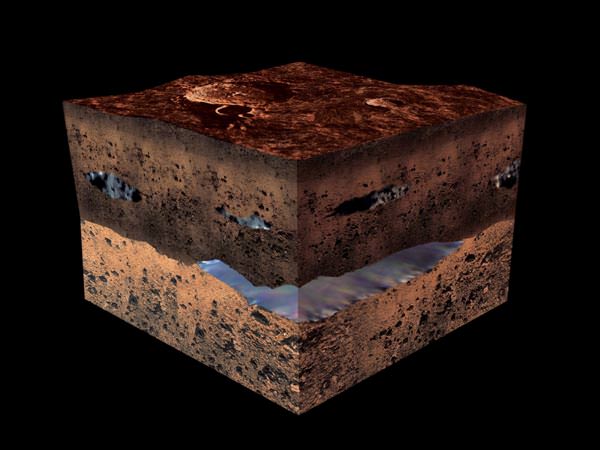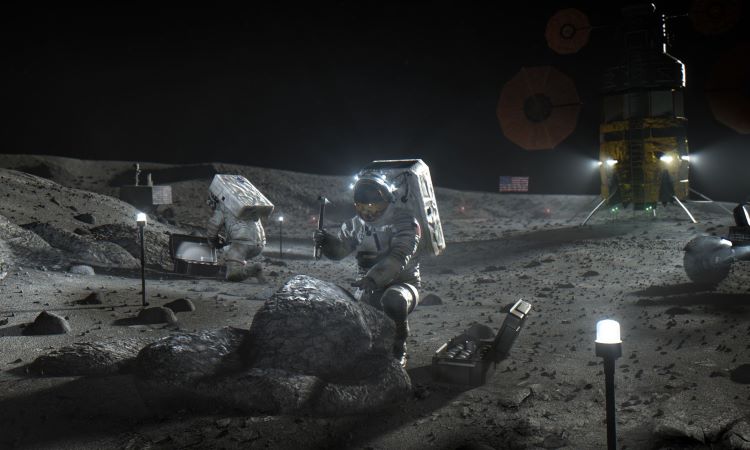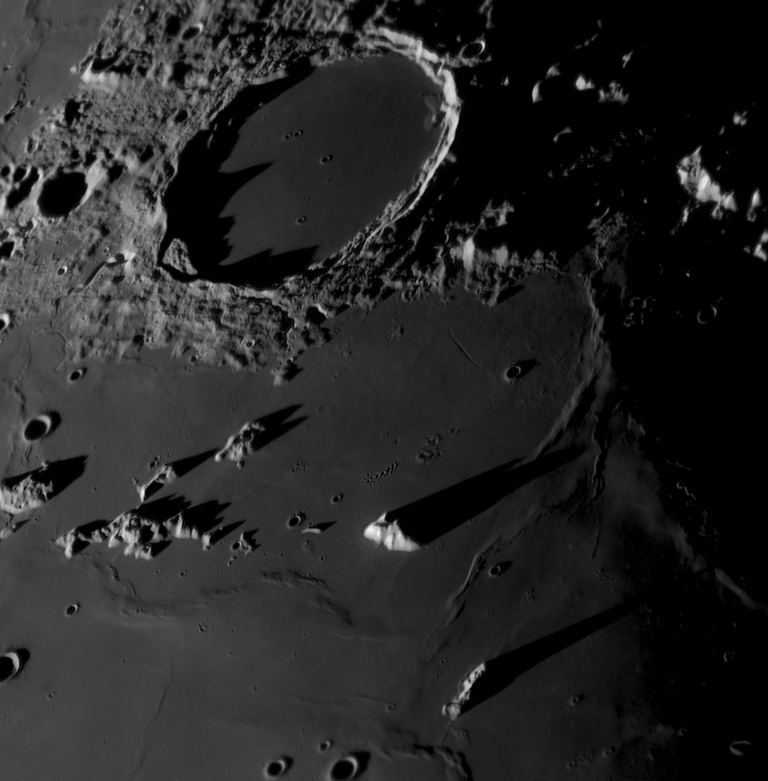NASA Countdown Begins: Most Powerful Human Spaceflight Ever
NASA is gearing up for the most powerful human spaceflight ever with the Artemis II mission, utilizing the Space Launch System (SLS) rocket. This mission marks a significant milestone in space exploration, setting the stage for future lunar missions and ultimately, Mars exploration.
Summary
- The Space Launch System (SLS) rocket is being prepared for the Artemis II mission, scheduled for no earlier than September 2025.
- The SLS rocket’s core stage, equipped with four RS-25 engines, was moved to the Vehicle Assembly Building (VAB) on July 24.
- The RS-25 engines, converted from the Space Shuttle Program, include engines with previous spaceflight experience.
- The SLS rocket, with its core stage and solid rocket boosters, provides 8.8 million pounds of thrust at liftoff.
- NASA astronauts Reid Wiseman, Victor Glover, and Christina Koch, along with Canadian astronaut Jeremy Hansen, will fly in the Orion capsule for a 10-day mission around the moon.
- Artemis II aims to validate the life-support systems of the Orion capsule in preparation for Artemis III, which plans to return humans to the lunar surface in 2026.
- The mission will mark significant milestones: Glover as the first Black man, Koch as the first woman, and Hansen as the first Canadian to travel beyond low-Earth orbit.
- Delays in the Artemis program are primarily due to issues with the Orion capsule’s heat shield and other technical challenges.
- The Artemis program is a major part of NASA’s budget, with the Artemis III mission projected to cost $93 billion since 2012.
- Future SLS launches face cost challenges, but competition from SpaceX and Blue Origin may offer more affordable options.
- NASA aims to land humans on Mars by 2040 as part of the long-term Artemis program goals.

Main Article
The launch clock isn’t set yet, but the hardware is lined up for what would become the most powerful rocket to ever send humans into space during a moonbound trip the likes of which has not happened in more than 50 years. The biggest piece of the Space Launch System rocket, the 212-foot-long core stage, crept its way into the massive Vehicle Assembly Building on July 24, where work will begin to prepare it for the Artemis II launch set for no earlier than September 2025.
“The clock’s already started,” said John Honeycutt, NASA SLS program manager. “We’ve got a great deal of work to do to get the rocket ready to go fly.”
The core stage sports four RS-25 engines converted by Melbourne-based L3Harris’ Aerojet Rocketdyne from the retired stock of the Space Shuttle Program. Two of the engines have previously flown on a combined 20 shuttle missions, while the other pair are making their debuts. Engine 2047 flew on STS-135, the final launch of the program on Space Shuttle Atlantis in 2011.
Also no stranger to KSC are the casings from the two solid rocket boosters fabricated by Northrop Grumman. They had previously supported space shuttle missions but were regularly fished out of the ocean for refurbishment. Those two boosters sit broken down into five segments each just north of the VAB at the Rotation, Processing, and Surge Facility.
Combined, the core stage and the boosters provide 8.8 million pounds of thrust on liftoff. Their next launch will make the SLS the most powerful rocket to ever send humans into space. NASA astronauts Reid Wiseman, Victor Glover, and Christina Koch with Canadian astronaut Jeremy Hansen will ride in the Lockheed Martin-built Orion capsule for what’s planned to be a 10-day trip around the moon.
Doug Hurley, a former NASA astronaut and now an executive with Northrop Grumman who flew on both shuttle missions and the first human spaceflight of SpaceX Crew Dragon, has tried to give the astronauts an idea of what their ride might be like.
“The ride on the booster for 126 seconds, I just said it’s gonna be the most incredible ride of your life. Because really, the acceleration is eye-watering,” Hurley said.
The shuttle rides used boosters made up of four segments versus the five that are stacked for SLS, and with Orion on top of the core stage, it will be more like the Apollo astronauts’ rides on the Saturn V rocket.
“Being on the top of the stack and feeling the steering … can’t wait to hear the story,” he said.
Their goal is to ensure the Orion capsule’s life-support systems work, setting up the Artemis III mission no earlier than September 2026. That mission aims to return humans, including the first woman, to the lunar surface for the first time since the Apollo 17 mission in 1972.
The Artemis II quartet, though, will still travel more than 230,000 miles from Earth, and while not landing on the moon, flying beyond low-Earth orbit is a feat that also has not been accomplished by humans since the final Apollo flight. Glover will become the first Black man to make the trip, Koch the first woman, and Hansen the first Canadian. All 24 of the astronauts who made the trip during nine Apollo missions to the moon between 1968 and 1972 were white American men. Six of those missions sent 12 of those men to the lunar surface.
Delays and Uncertainty
The 2025 launch date for Artemis’ first human spaceflight is nearly a year behind the schedule laid out after the successful launch of Artemis I in November 2022. A roughly two-year gap between the uncrewed debut and the first crewed mission was thought to be enough time to pore over the Artemis I data and work through any issues. But a series of major bumps in the road became evident and one of them has yet to have a final solution revealed by NASA.
That’s the fact that the protective coating on Orion’s heat shield lost a lot more material, some in fist-sized chunks, than what was expected. The ultimate solution for the Orion capsule will be the major domino holding up the process of stacking the SLS to get ready for launch. Managers won’t begin putting it together vertically until they know there will be a spacecraft coming to top it off, but even though this is the second time around, NASA managers expect to face some hurdles.
“There’s always something that happens, you know, something spills on something, some test didn’t work as planned,” said Chris Cianciola, the SLS deputy program manager. “So you triage it all the way. You don’t want to wait ’til you get out to the launch pad to find out you got a problem.”
For now, a completed Orion capsule is expected to be delivered to the VAB by Oct. 31. If NASA signals no delay, then the first placement of the solid rocket boosters in the VAB could begin in September. NASA has built in a one-year lifespan limiter for the solid rocket boosters, a clock that starts ticking the moment the second segment is placed atop the first. That’s expected to happen in the late fall, which would keep Artemis II on its launch target timeline.
Another limiting factor in stacking is getting back to the VAB the mobile launcher on which SLS and Orion will sit. Currently parked at KSC’s Launch Pad 39-B, it has had to go through a series of repairs after the Artemis I launch tore parts of it to shreds.
“These are the largest solid rocket motors on the planet, and when that vehicle lifts off from the mobile launcher, that plume has to go someplace,” said Shawn Quinn, program manager for Exploration Ground Systems (EGS) based at KSC. “As the vehicle gets higher up, that plume spreads out, and it’s a very, very strong force. … Forget about the heat for a moment, but if the person was standing there, they’d be blown out to kingdom come.”
EGS crews also have had to install emergency exit apparatus such as the zipline cages and crew access arm changes so the humans on board can have a chance to survive if something goes wrong on the pad. Quinn said that work is “nearly done” and the mobile launcher should be back at the VAB in time for stacking.
Cost and Criticism
The Artemis program now controls the majority of NASA’s annual budget this year, surpassing the overall science mission budget for the first time as the agency’s top-funded segment. The enacted fiscal 2024 budget comes out to more than $7.6 billion of NASA’s overall $24.875 billion budget. Because the Artemis program involves so many commercial partners, it has a lot of support across Congress, which ultimately approves the budget. So while the science budget request was cut by more than $500 million from the Biden administration request this fiscal year, the Artemis campaign programs were nearly fully funded.
NASA’s Office of the Inspector General has continued to audit the growing costs of the Artemis program, with a 2023 report stating that the Artemis III missions will cost the country $93 billion since its inception in 2012. That’s billions more than envisioned with delays and cost increases plaguing the leadup to Artemis I. The SLS rocket represents 26% of that cost to the tune of $23.8 billion, with a giant chunk spent on the first and second launch hardware.
The audit forecasts future SLS launches to cost more than $2.5 billion each, although NASA has laid out a plan to reduce those costs by half, something the OIG deemed “highly unrealistic” and a threat to its deep-space exploration plans. The audit, though, notes that while SLS is the only viable option now for NASA, competition from SpaceX Starship and Blue Origin’s New Glenn rockets may help level the playing field for NASA’s plans.
“Although the SLS is the only launch vehicle capable of transporting both crew and cargo to the moon in a single mission, its high cost threatens the affordability and sustainability of NASA’s Artemis missions,” the audit stated. “The Agency has taken steps to lower production costs by requiring future SLS rockets to be produced with new, non-refurbished RS-25 engines and solid rocket booster segments. NASA also seeks to reduce per-mission costs to $1.5 billion or less, a goal we find highly unrealistic based on current costs.”
In its response, NASA said it would be up to private companies such as SpaceX and Blue Origin to take up the challenge to provide the vehicles for the next missions to deep space with a target of 2040 for humans to land on Mars. Even for now, a version of Starship is slated to provide the human lunar lander for the Artemis III mission.
But for now, the focus is on getting SLS ready for humans to make the trip around the moon and back. Honeycutt said that while there were still a lot of milestones to hit before launch, he expects to be able to meet them.
“We got to stay focused,” he said. “We don’t have the budget to start over. We got to press forward with what we got and make it work.”
Tables
Table 1: Artemis II Mission Details
| Aspect | Description |
|---|---|
| Launch Date | No earlier than September 2025 |
| Duration | 10 days |
| Astronauts | Reid Wiseman, Victor Glover, Christina Koch, Jeremy Hansen |
| Distance | More than 230,000 miles from Earth |
| Objective | Validate Orion’s life-support systems |
| Next Mission | Artemis III (Return humans to the lunar surface) |
Table 2: Space Launch System (SLS) Rocket Specifications
| Component | Specification |
|---|---|
| Core Stage | 212 feet long, 4 RS-25 engines |
| Solid Rocket Boosters | 5 segments each, refurbished from Shuttle Program |
| Thrust | 8.8 million pounds at liftoff |
| Payload Capacity | 95 metric tons to low Earth orbit |
| Cost Per Launch | Over $2.5 billion |
Conclusion
The countdown to NASA’s most powerful human spaceflight ever is well underway. With the Artemis II mission, the Space Launch System rocket is set to achieve a historic milestone in space exploration. As NASA prepares to send astronauts around the moon, the success of this mission will pave the way for future lunar landings and the eventual goal of human exploration on Mars. Despite the challenges and costs, the Artemis program represents a bold step forward in humanity’s quest to explore the cosmos.
Hashtags
#NASA, #SpaceLaunchSystem, #ArtemisII, #SpaceExploration, #MoonMission, #HumanSpaceflight, #OrionCapsule, #Astronauts, #SpaceProgram, #FutureMissions


